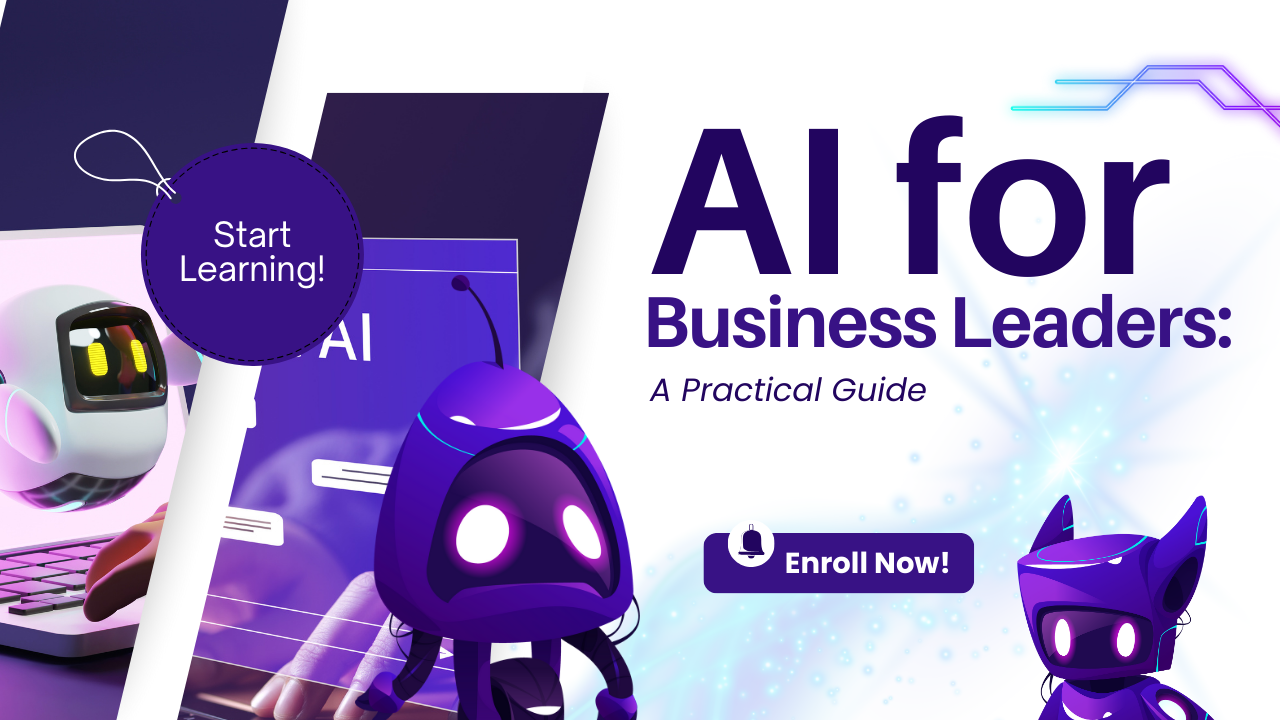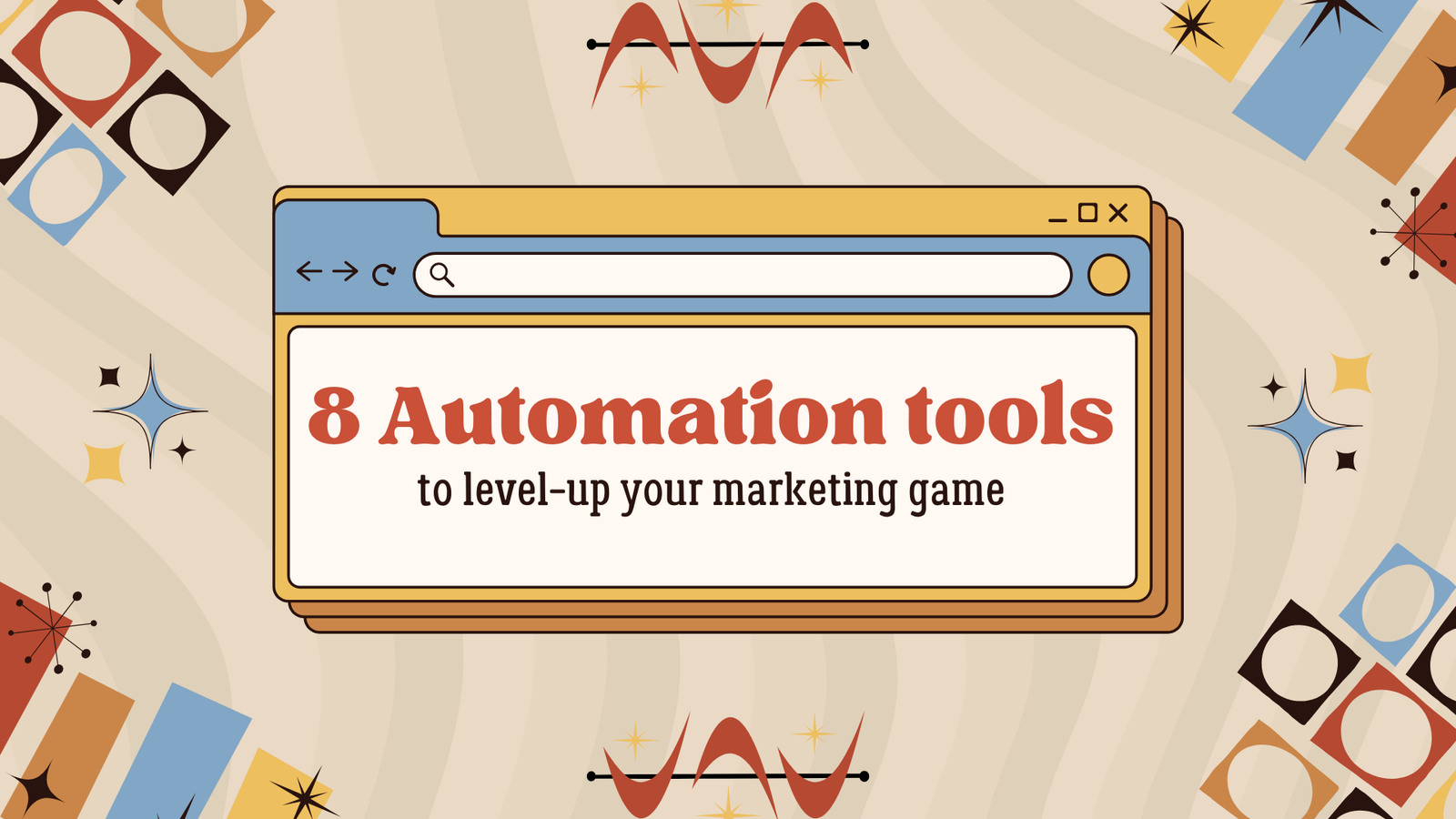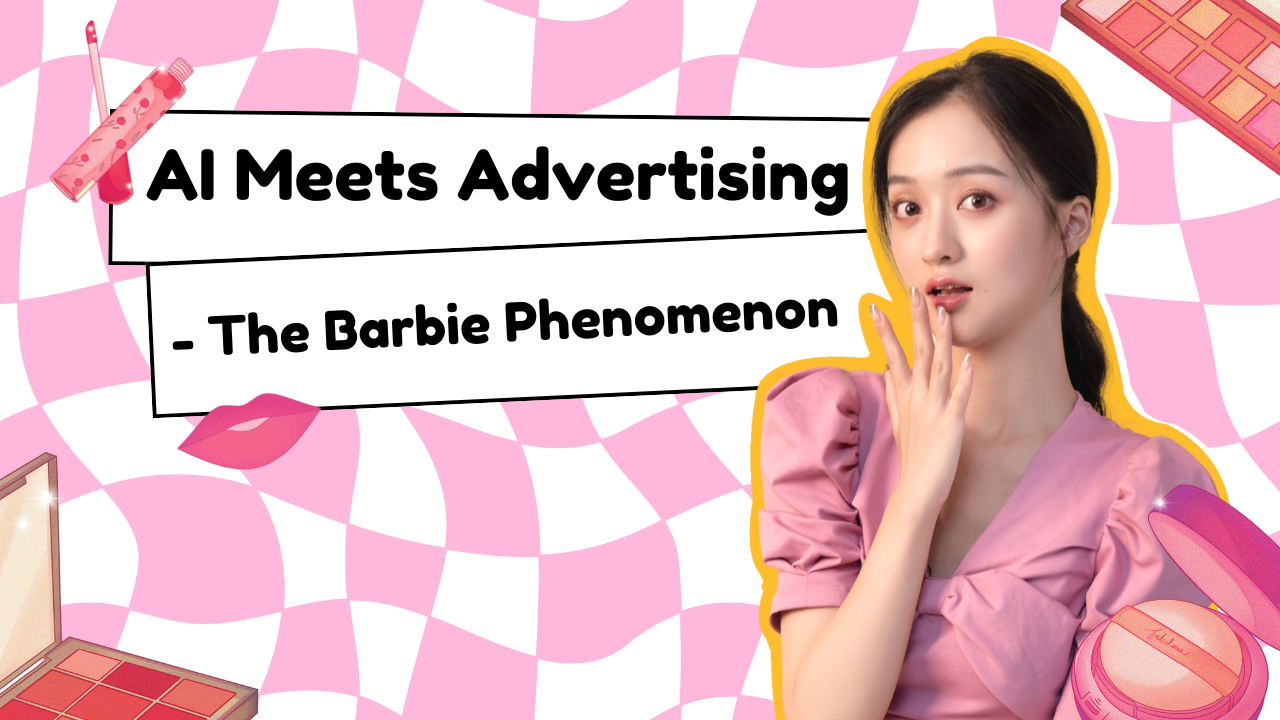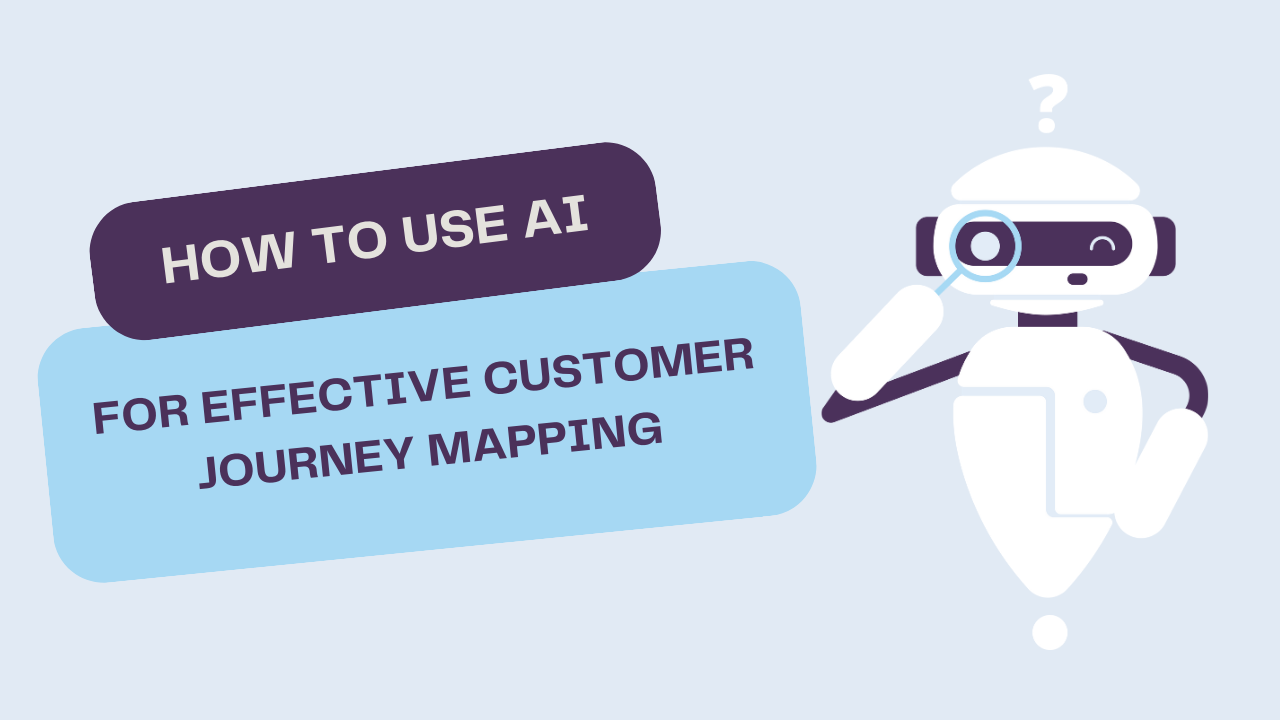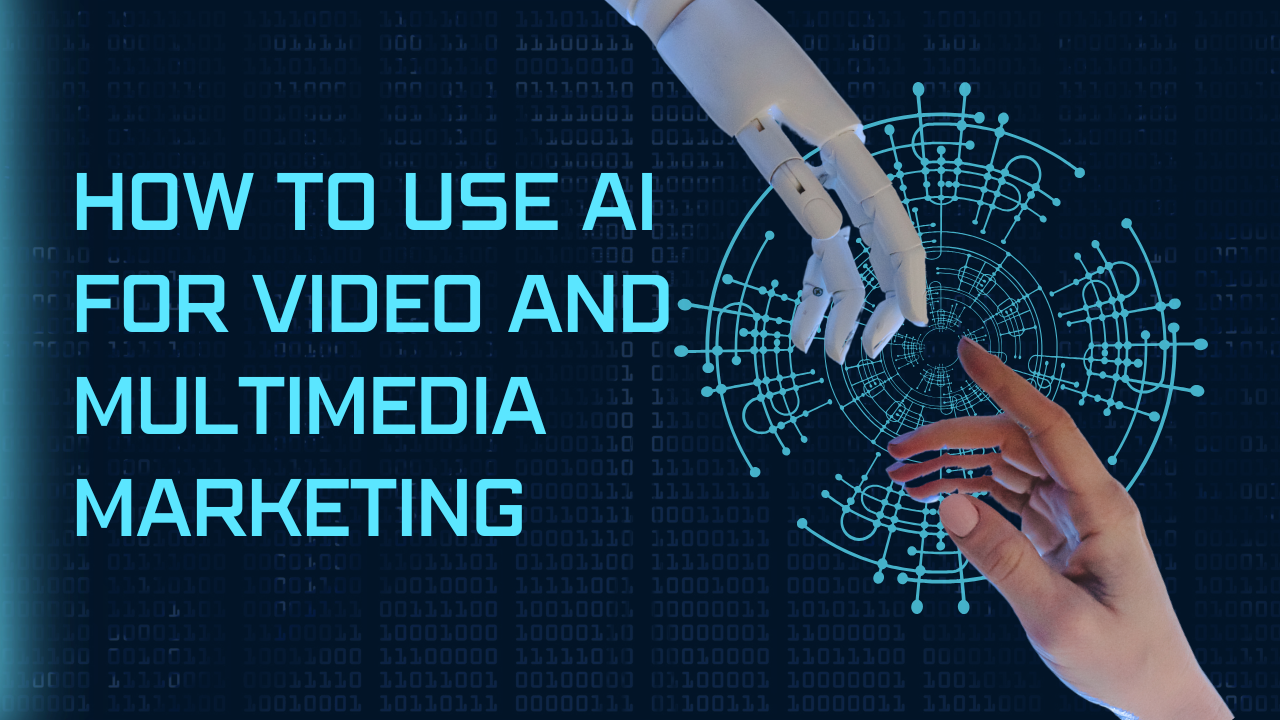Imagine your email, filled with tailored content based on individual interests, lands in a subscriber’s inbox exactly when they are most likely to open it. Sounds near-perfect, isn’t it? Well Thanks to the magic of Email Marketing with AI, this scenario is now a reality.
The days of sending out generic email blasts and waiting impatiently for clicks are long gone because It’s harder than ever to capture the audience’s attention in today’s fast-paced digital environment. It’s time to reconsider your approach to generic and one-size-fits-all emails, as AI Email marketing is becoming a hyper-targeted, effective, and data-driven powerhouse, and the results are astounding.
With just targeted methods and individualized content, AI may increase open rates by up to 26% and click-through rates by 41%, says Campaign Monitor. Additionally, if you value your time, AI-powered automation can reduce the amount of time spent on manual email marketing duties by up to 80%.
In this article, we’ll explore seven AI-driven strategies and how you can use AI to revolutionize your email marketing and increase engagement. Let’s dive in and have conversions like never before.
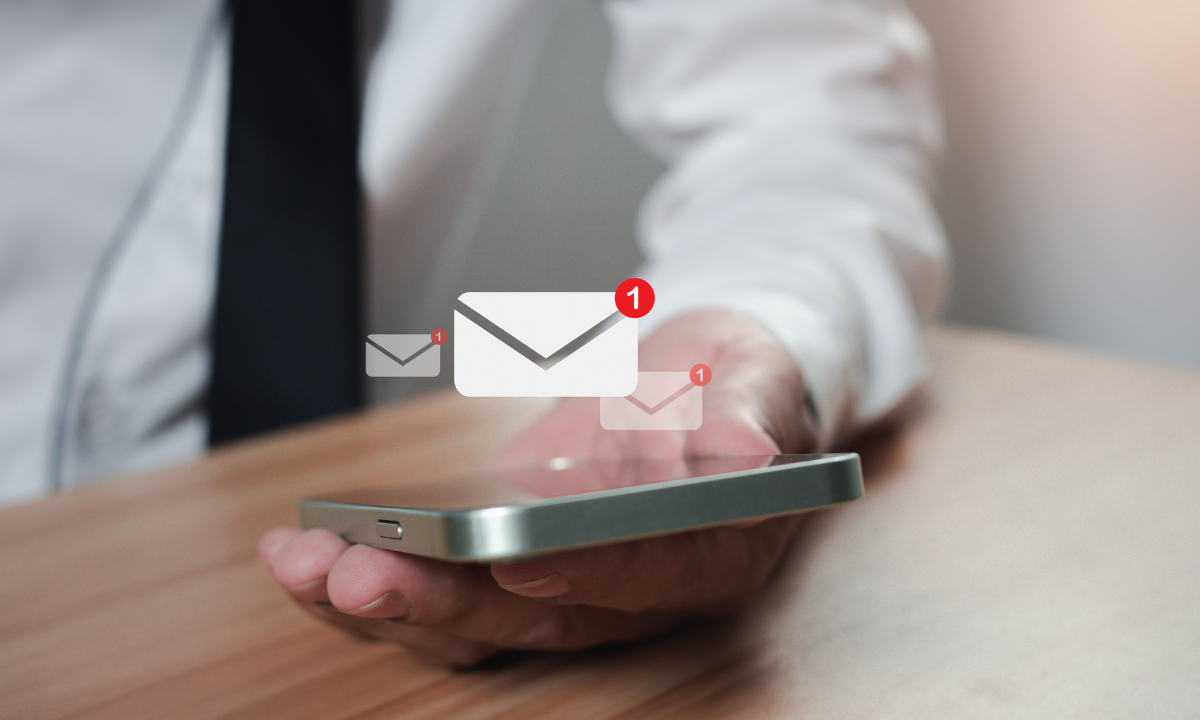
1. Harness the Power of Personalization
Personalization is now the secret to successful email campaigns, not just an ongoing trend in marketing. Since consumers are constantly exposed to marketing messages, they tend to ignore anything that doesn’t seem clearly relevant to them. Because of this, emails that are specifically tailored to each recipient—personalized emails—always perform better than generic mass emails.
Personalized content driven by AI allows you to create unique material for each subscriber on your list, saving you the trouble of sending out the same email to everyone. Artificial intelligence can assist you in sending material that is most likely to connect with a particular recipient by using data such as purchase history, browsing behavior, and demographic details.
In addition to the personalized content, you can also use subject lines that will catch the attention immediately.
Tools to use:
- Mailchimp: Uses AI to deliver emails at the best times and with personalization.
- HubSpot: Provides segmentation and personalization powered by machine learning.
2. Predictive Analytics in Email Marketing with AI
AI-powered predictive analytics makes sure your emails are sent at the optimal moment with the most powerful content. Through the analysis of large datasets, AI assists marketers in projecting future trends, habits, and preferences, turning email marketing into a proactive approach.
Predictive models powered by AI can:
- Choose the Best Times to Send: Examine engagement trends to send emails when readers are most likely to respond.
- Calculate the Chance of Conversion: Sort high-value leads and prioritize those most likely to convert personalized offers.
- Churn Prediction: Identify disengagement tendencies to send targeted re-engagement emails.
- Recognize Content Preferences: Based on previous performance, forecast the kinds of content that will be resonant.
For example, AI can analyze past interactions with the emails or actions, if done any, and predict the content or offers that will resonate with the subscriber.
Tools to use:
- Optimove: segments customers into different groups based on predictive analytics.
- Emarsys: uses AI to predict customer behavior and segment audiences based on predictive insights.
3. Automate and Optimise Your Email Marketing with AI
Email marketing used to be time-consuming, but AI has made automation seamless and effective. Drip campaigns, for example, automatically send targeted emails based on user actions. Did someone abandon their cart? AI will send a well-timed reminder, complete with dynamic content designed to convert.
But automation doesn’t stop there. AI also plays a crucial role in A/B testing, helping you optimize your subject lines, email content, and CTAs. According to HubSpot, A/B testing powered by AI can lead to a 20% increase in conversion rates. Instead of manually testing different variables, AI does it all in real-time, identifying the best-performing elements and optimizing them on the go.
Tools to use:
- Marketo: Offers accurate A/B testing and drip campaign automation driven by AI.
- Pardot: Tracks interaction at every touchpoint and automates targeted drip emails.
4. Enhance Content and Customer Journey with AI-Powered Insights
It may be difficult to create compelling email content, particularly if you are running several campaigns at once. AI makes this process easier by enabling you to create great content faster. According to the Content Marketing Institute, AI-generated content can reduce the time needed for content generation by up to 50%.
You can use sentiment analysis to assess the emotions of your customers by analyzing their responses using AI’s Natural Language Processing capabilities. With this knowledge, you may modify your messaging to engage your audience more effectively. For example, AI can recommend more sympathetic and beneficial email responses if customer feedback shows displeasure or might recommend emails with the latest updates and offers for the customers who enjoyed the service.
Tools to use:
- WordLift: It is an AI tool that aids in organizing content to increase reader engagement.
- Lexalytics: NLP-based sentiment analysis tool that helps comprehend client sentiments.
5. Improve Deliverability and Measure Success
Nothing is more damaging to email marketing campaigns than for your messages to end up in the spam box. By enhancing the content of your emails and raising your sender reputation score, AI helps you avoid this outcome. Emails that dodge spam filters have up to 30% greater open rates, according to Return Path.
AI can also monitor the reputation of your senders and make real-time adjustments to your campaigns to make sure your audience sees them. It also evaluates data in real-time to assist you in consistently enhancing the efficiency of your emails. You’ll be able to make decisions that lead to success using AI’s ability to tell you which emails are effective and which emails you should modify.
AI also helps in mapping the customer journey, which lets you design customized advertising campaigns according to the stage of the consumer’s buying cycle. According to McKinsey, this focused strategy can increase satisfaction by up to 20%. Imagine sending emails that are specifically suited to the stage of the sales funnel that each of your customers is in, be it searching for your product or deciding whether to buy it or not.
Tools to use:
- Clearbit: Analyzes email lists to ensure deliverability and maintain a strong sender reputation.
- Mailgun: AI-driven email deliverability and spam filter evasion.
6. Behavioral Trigger Emails
Let’s say a customer visits your website, looks at a few things, and adds a few to their cart but decides not to check out. Traditional marketing emails would hold off on reaching out until the next newsletter or promotion was scheduled.
But with AI-powered behavioral trigger emails, the user is automatically reminded of the things in the cart by recognizing trends in user activity, including browser history, abandoned carts, and even individual products viewed, and can promptly initiate emails based on these activities. Due to their ability to capitalize on genuine interest, these emails are incredibly successful.
Tools to use:
- ActiveCampaign: Automates behavior-based triggers, sending personalized follow-up emails.
- Mailchimp: Offers abandoned cart reminders and product recommendation emails.
7. AI chatbots for Email Marketing
AI chatbots have revolutionized online customer support, but what if your email campaigns could also benefit from the same degree of engagement? Thanks to AI, chatbots can now be integrated into emails to give subscribers a dynamic and engaging experience. These chatbots can help customers with product recommendations, answer queries, and walk them through the purchase process without requiring them to leave their inbox.
This is how it operates: Upon opening an email, users are met with an embedded artificial intelligence chatbot that may engage in real-time conversation rather than a static text message. Users can inquire about a product, find out if it’s available, or even get tailored recommendations depending on their interests from the chatbot. The user can make better decisions and finish tasks more quickly with the chatbot’s quick response.
Tool to use:
- ManyChat: offers chatbot integration that allows email recipients to interact with a chatbot to ask questions, book appointments, or learn more about products without leaving the inbox.
How to implement Email Marketing with AI: Step-by-Step Guide
With all the tips and AI tools handy, how will you implement email marketing with AI in your workflow? Let’s go through a step-by-step approach to email marketing in AI:
Step 1: define clear goals by assessing areas in your strategy where AI can add some value like optimizing send times or boosting conversions etc.
Step 2: Choose the right AI tools that are specific to your target area of improvement. To ensure a smooth integration of every tool into your current workflows, check its features, integrations, and usability.
Step 3: Create a well-organized database that the tool can use upon integration. Well-tracked data of users will help create personalized content for them.
Step 4: once integrated, set up automated emails based on sentiment analysis, predictive analytics, and data collected while continuously testing if the tools are working for you.
Step 5: while AI will handle generating tailor-made content and save time for you, don’t forget to balance AI with human creativity.
Conclusion
AI is powerful because it can predict what the audience wants and give it when they’re expecting it. You can elevate your email marketing by putting these seven strategies into action: customization, automation, deliverability enhancement, predictive analytics, content optimization, behavioral triggers, and AI chatbot integration. This will not only help you and your subscribers develop stronger connections, but it will also greatly increase open rates, conversions, and the success of your campaign entirely.

